Home>Furniture & Design>Bathroom Accessories>How Was The Toothbrush Invented
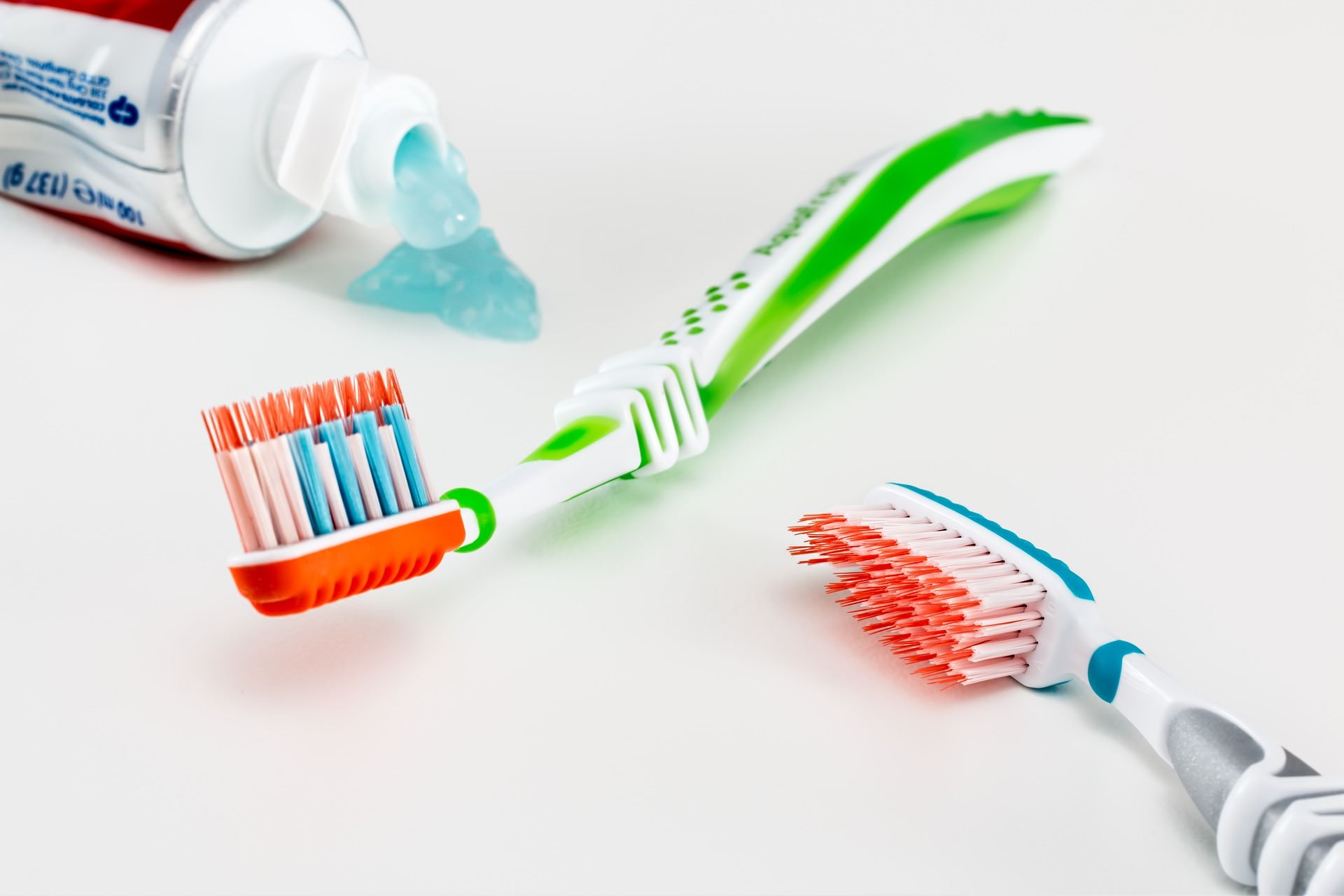

Bathroom Accessories
How Was The Toothbrush Invented
Modified: March 2, 2024
Discover the fascinating history of the toothbrush and its invention, a must-read for anyone interested in bathroom accessories.
(Many of the links in this article redirect to a specific reviewed product. Your purchase of these products through affiliate links helps to generate commission for Storables.com, at no extra cost. Learn more)
Introduction
The toothbrush is an essential tool for maintaining oral hygiene, but have you ever wondered about its origins and evolution? The history of the toothbrush is a fascinating journey that spans centuries and showcases the ingenuity of human innovation. From rudimentary teeth-cleaning tools to the modern, technologically advanced toothbrushes of today, the evolution of this everyday item is a testament to the ongoing quest for improved dental care.
The story of the toothbrush begins in ancient times, where early civilizations utilized various methods to clean their teeth and gums. These methods ranged from using frayed twigs and rough cloths to scrape away food particles and plaque to the development of more sophisticated tools over time. As societies progressed, so did the techniques for oral hygiene, leading to the creation of the first modern toothbrush.
The invention of the toothbrush revolutionized dental care, providing a more effective and efficient means of cleaning teeth. Over the years, the toothbrush has undergone numerous transformations, incorporating advancements in materials, design, and technology to enhance its functionality and convenience. Today, the toothbrush stands as a symbol of oral health and hygiene, playing a vital role in daily routines around the world.
In this article, we will delve into the intriguing history of the toothbrush, exploring its early origins, the development of the first modern toothbrush, and the remarkable evolution of this indispensable tool. Join us on this enlightening journey through time as we uncover the remarkable story behind the invention and evolution of the toothbrush.
Key Takeaways:
- The toothbrush has a fascinating history, evolving from ancient chewing sticks to the modern, high-tech brushes we use today. It’s a testament to human ingenuity and the quest for better dental care.
- From ancient chewing sticks to the first modern toothbrush by William Addis, the evolution of toothbrushes reflects our commitment to innovation and sustainability in promoting optimal oral health.
Read more: When Was The Toothbrush Invented
Early Tooth Cleaning Tools
The practice of oral hygiene dates back to ancient civilizations, where early forms of tooth cleaning tools were utilized to maintain dental health. These primitive tools were a testament to human ingenuity and the recognition of the importance of oral care. Let's delve into the fascinating array of early tooth cleaning tools that paved the way for the modern toothbrush.
1. Chewing Sticks
One of the earliest methods of teeth cleaning involved the use of chewing sticks, also known as miswak or siwak. This practice originated in ancient Babylon around 3500 BC and was later adopted by civilizations across the world, including ancient Egypt, Greece, Rome, and parts of Asia and Africa. Chewing sticks were typically made from twigs of aromatic trees such as Salvadora persica, which contains natural antibacterial properties. The act of chewing on these sticks not only helped to clean the teeth but also imparted a refreshing fragrance to the breath.
2. Toothpicks and Animal Hair Brushes
In ancient cultures, toothpicks made from various materials such as wood, bone, or quills were used to remove food particles and debris from between the teeth. Additionally, some civilizations crafted tooth-cleaning tools using animal hair or bristles attached to a small stick, resembling a rudimentary form of a brush. These early brushes were effective in scrubbing the teeth and gums, albeit lacking the sophistication of modern bristle technology.
3. Early Forms of Tooth Powder
To complement the use of tooth-cleaning tools, early societies developed tooth powders using a variety of ingredients such as crushed eggshells, ashes, and powdered charcoal. These abrasive substances were applied to the teeth using fingers or rudimentary tools, serving as a primitive form of toothpaste to aid in cleaning and polishing the teeth.
4. Ancient Mouthwashes
In addition to mechanical cleaning methods, ancient civilizations also utilized mouthwashes made from natural ingredients such as herbs, oils, and saltwater to freshen breath and promote oral hygiene. These early mouthwashes were valued for their antiseptic properties and played a vital role in maintaining dental health.
The utilization of these early tooth cleaning tools reflects the resourcefulness and innovation of ancient societies in addressing the need for oral hygiene. While these methods may seem rudimentary compared to modern dental care practices, they laid the foundation for the development of more advanced tools and techniques in the pursuit of optimal oral health.
The evolution of tooth cleaning tools continued to progress, eventually leading to the creation of the first modern toothbrush, marking a significant milestone in the history of dental care.
The First Modern Toothbrush
The transition from rudimentary tooth cleaning tools to the invention of the first modern toothbrush marked a pivotal moment in the history of dental care. The concept of a toothbrush with bristles specifically designed for cleaning teeth revolutionized oral hygiene practices and set the stage for further advancements in dental care.
The credit for the creation of the first modern toothbrush is often attributed to William Addis, an English entrepreneur. In the late 18th century, Addis found himself incarcerated in Newgate Prison, where he recognized the need for a more effective teeth-cleaning tool. Legend has it that Addis was inspired to develop the prototype of the modern toothbrush after observing a broom with tufts of bristles. He saw the potential to adapt this concept for oral hygiene and began crafting a toothbrush using a bone handle and boar bristles.
Upon his release from prison, Addis refined his design and established a company to manufacture and distribute his innovative toothbrush. The mass production and widespread availability of the modern toothbrush soon followed, marking a significant shift in dental care practices. The introduction of the toothbrush with bristles represented a leap forward in oral hygiene, offering a more thorough and efficient means of cleaning teeth compared to earlier methods.
The design of the first modern toothbrush laid the groundwork for subsequent improvements, including the use of more hygienic and durable materials for the handle and bristles. As the demand for toothbrushes grew, manufacturers explored various bristle materials, eventually transitioning from animal hair to synthetic fibers, such as nylon, for improved durability and hygiene.
The commercial success of the modern toothbrush led to its widespread adoption, contributing to the establishment of oral hygiene as a fundamental aspect of daily health routines. The accessibility of toothbrushes empowered individuals to take proactive measures in caring for their teeth, ultimately leading to improved dental health on a global scale.
The invention of the first modern toothbrush not only transformed oral hygiene practices but also set the stage for ongoing innovations in dental care. The evolution of the toothbrush continues to this day, with advancements in design, materials, and technology shaping the diverse array of toothbrushes available to consumers. From manual to electric toothbrushes, the legacy of the first modern toothbrush endures as a testament to human ingenuity and the pursuit of optimal oral health.
Evolution of the Toothbrush
The evolution of the toothbrush is a testament to the relentless pursuit of innovation and improvement in dental care. From the humble beginnings of the first modern toothbrush to the diverse array of toothbrushes available today, the evolution of this indispensable tool reflects the ongoing quest for optimal oral hygiene.
19th Century Advancements
Following the introduction of the first modern toothbrush, the 19th century witnessed significant advancements in toothbrush design and production. The use of more hygienic materials for the handle and bristles, such as celluloid and synthetic fibers, contributed to the durability and effectiveness of toothbrushes. This era also saw the mass production of toothbrushes, making them more accessible to a wider population.
Read more: When Was The Electric Toothbrush Invented
Nylon Bristles and Technological Innovations
The invention of nylon bristles in the 1930s marked a pivotal moment in toothbrush evolution. Nylon, a synthetic material, replaced animal hair bristles, offering improved durability and hygiene. This breakthrough paved the way for the development of more efficient and long-lasting toothbrushes, setting a new standard for oral care.
The latter half of the 20th century brought about technological innovations in toothbrush design, leading to the introduction of electric and sonic toothbrushes. These advanced devices offered enhanced cleaning capabilities, incorporating features such as oscillating bristle heads and built-in timers to optimize the brushing experience.
Personalized and Specialized Toothbrushes
As dental research and consumer preferences evolved, toothbrushes became increasingly personalized and specialized. From toothbrushes designed for specific age groups to those tailored for individuals with orthodontic appliances or sensitive gums, the market expanded to accommodate diverse oral care needs. Additionally, the integration of ergonomic designs and innovative bristle configurations further enhanced the effectiveness and comfort of toothbrushes.
Sustainable and Eco-Friendly Toothbrushes
In response to environmental concerns, the dental industry has embraced sustainable practices, leading to the development of eco-friendly toothbrush options. Biodegradable materials, such as bamboo, have gained popularity as a renewable alternative for toothbrush handles, offering a more environmentally conscious choice for consumers.
Future Innovations
Looking ahead, the evolution of the toothbrush continues with ongoing research and development aimed at further enhancing oral care. Advancements in materials, such as antimicrobial bristles and handle coatings, as well as the integration of smart technology for personalized brushing routines, are shaping the future of toothbrush innovation.
The evolution of the toothbrush stands as a testament to human ingenuity and the commitment to promoting optimal oral health. From its early origins to the present day, the toothbrush remains an essential tool in daily dental care, embodying the continuous pursuit of excellence in oral hygiene.
Read more: Who Invented The First Electric Toothbrush
Conclusion
The journey of the toothbrush from its humble origins to the modern-day marvel it has become is a testament to human innovation and the relentless pursuit of improved oral hygiene. The evolution of tooth cleaning tools, the invention of the first modern toothbrush, and the ongoing advancements in toothbrush design and technology have collectively shaped the landscape of dental care.
From the ancient civilizations' use of chewing sticks and rudimentary brushes to the introduction of the first modern toothbrush by William Addis, the history of the toothbrush is a rich tapestry of ingenuity and progress. The transition from natural bristles to synthetic materials, the advent of electric and sonic toothbrushes, and the development of specialized and eco-friendly options have expanded the possibilities for maintaining optimal oral health.
As we look to the future, the evolution of the toothbrush continues to unfold, driven by a commitment to innovation and sustainability. Anticipated advancements in materials, smart technology integration, and personalized oral care solutions signal a promising trajectory for the toothbrush's evolution.
The toothbrush, a seemingly simple yet indispensable tool, has transcended time and cultural boundaries, becoming a universal symbol of oral health and hygiene. Its evolution reflects not only the advancements in dental care but also the collective dedication to promoting overall well-being.
In closing, the story of the toothbrush is a remarkable narrative of progress, from ancient oral hygiene practices to the cutting-edge innovations of today. As we embrace the ongoing evolution of the toothbrush, we celebrate the enduring legacy of this essential tool and the profound impact it has had on global oral health.
Frequently Asked Questions about How Was The Toothbrush Invented
Was this page helpful?
At Storables.com, we guarantee accurate and reliable information. Our content, validated by Expert Board Contributors, is crafted following stringent Editorial Policies. We're committed to providing you with well-researched, expert-backed insights for all your informational needs.
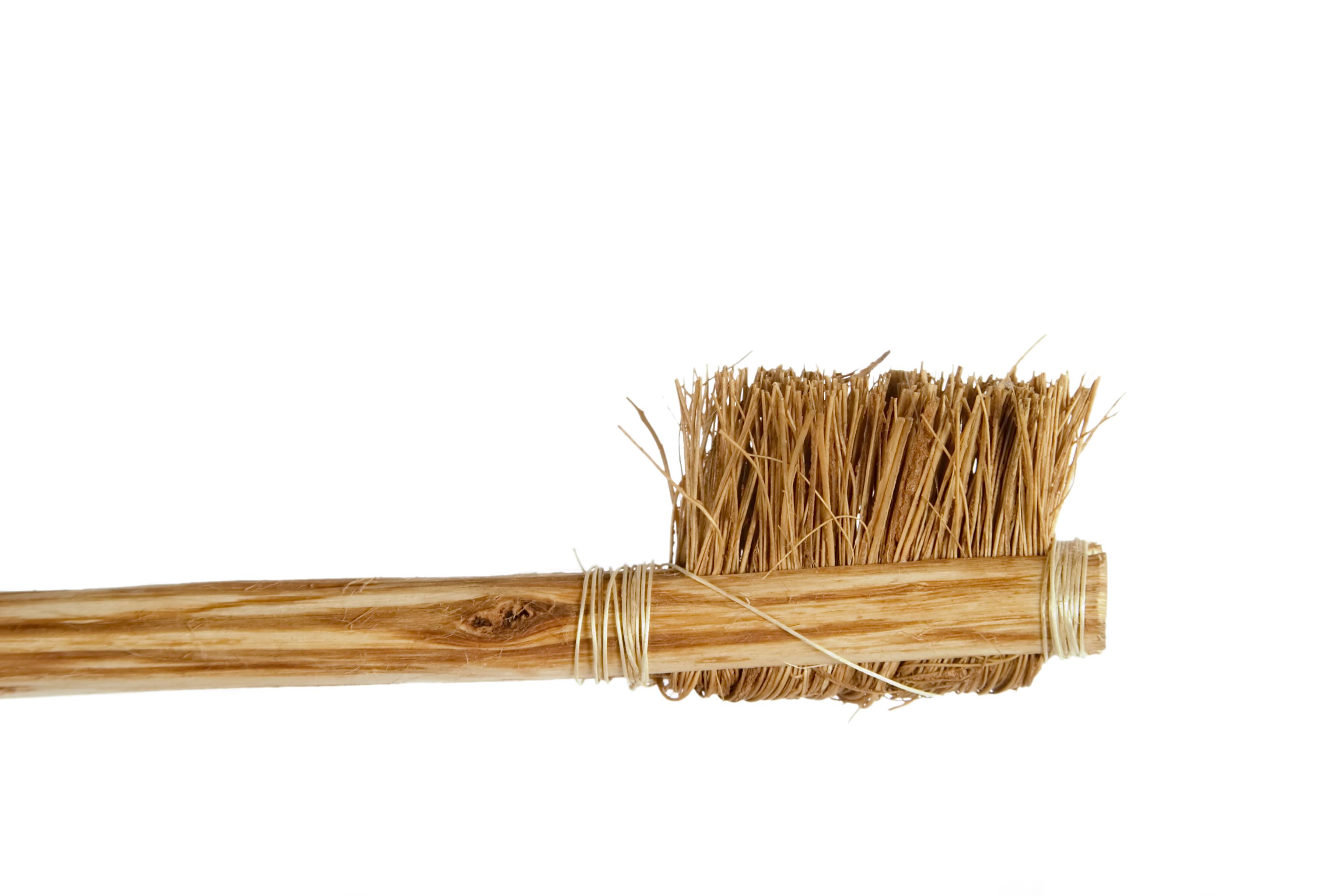
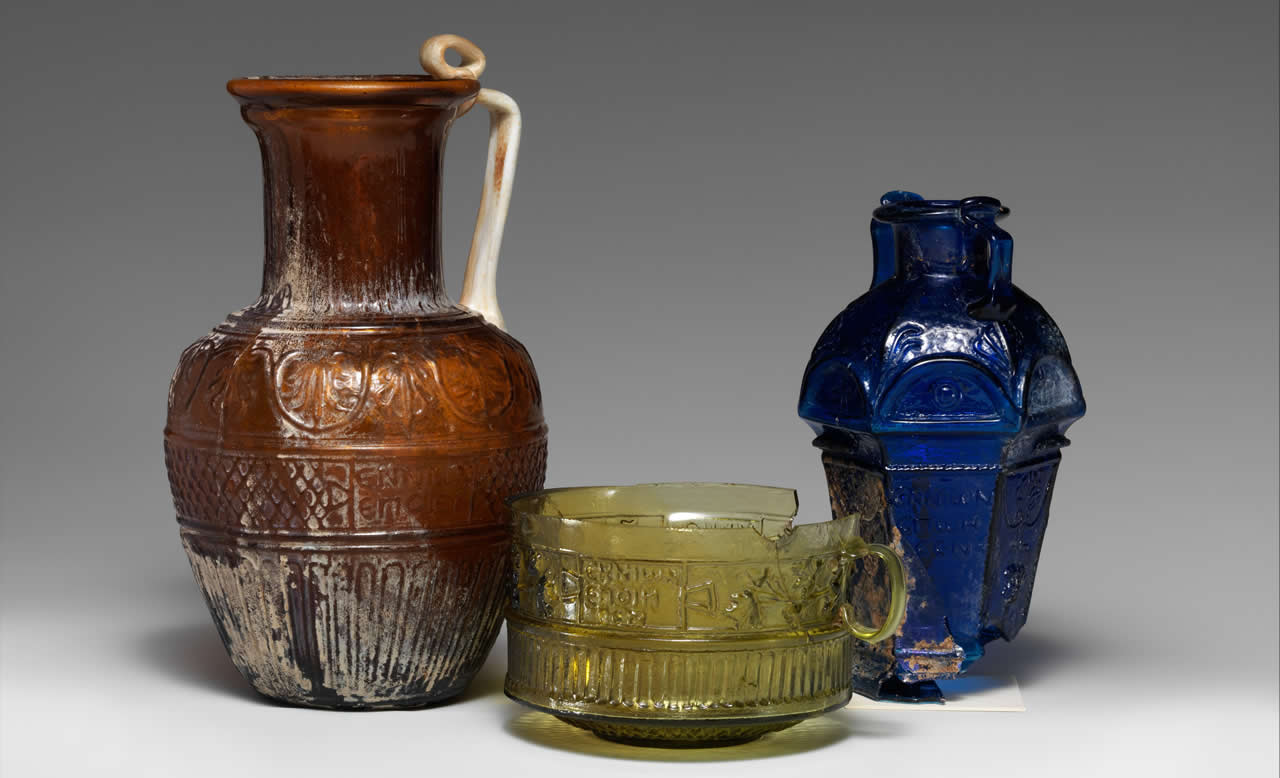
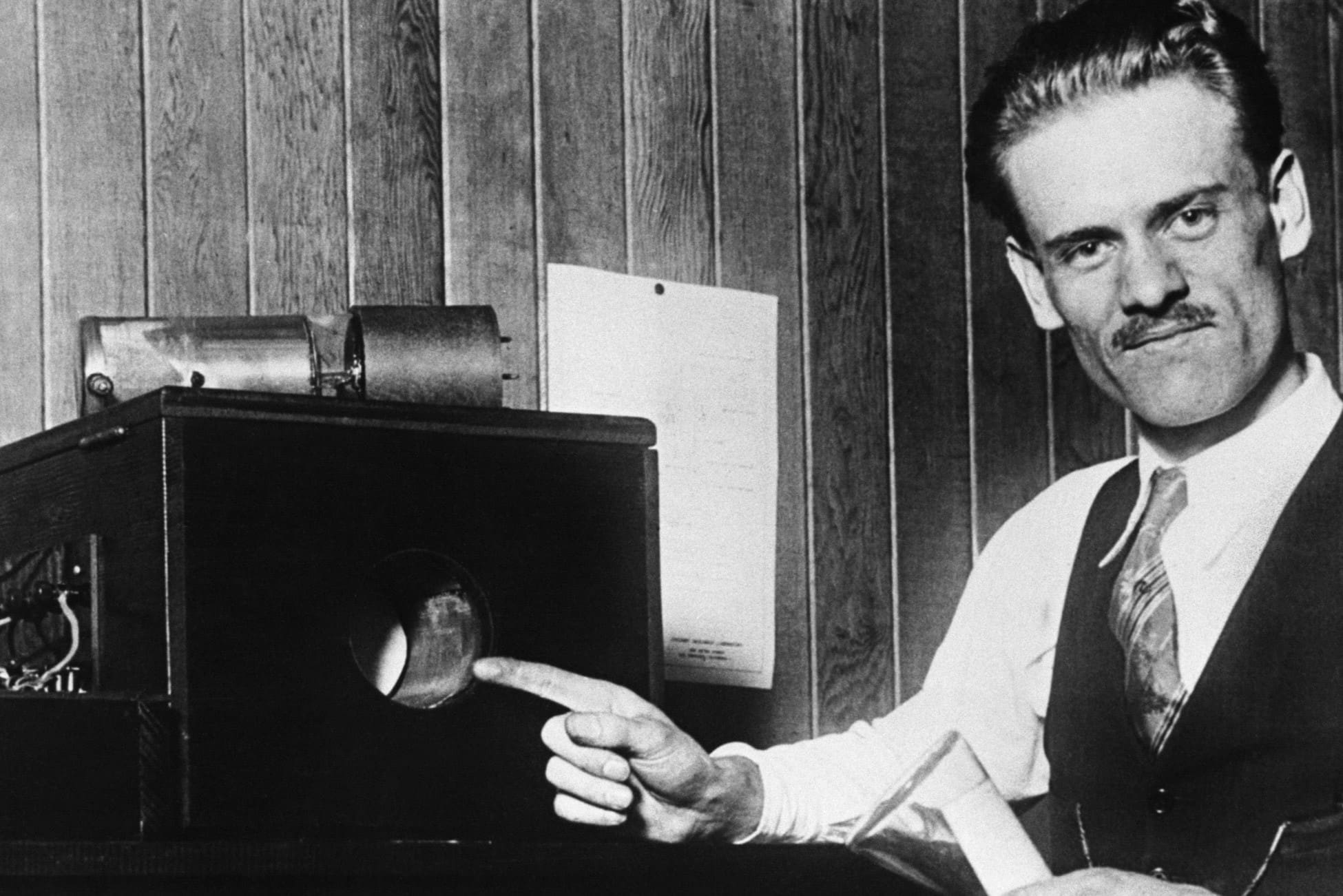
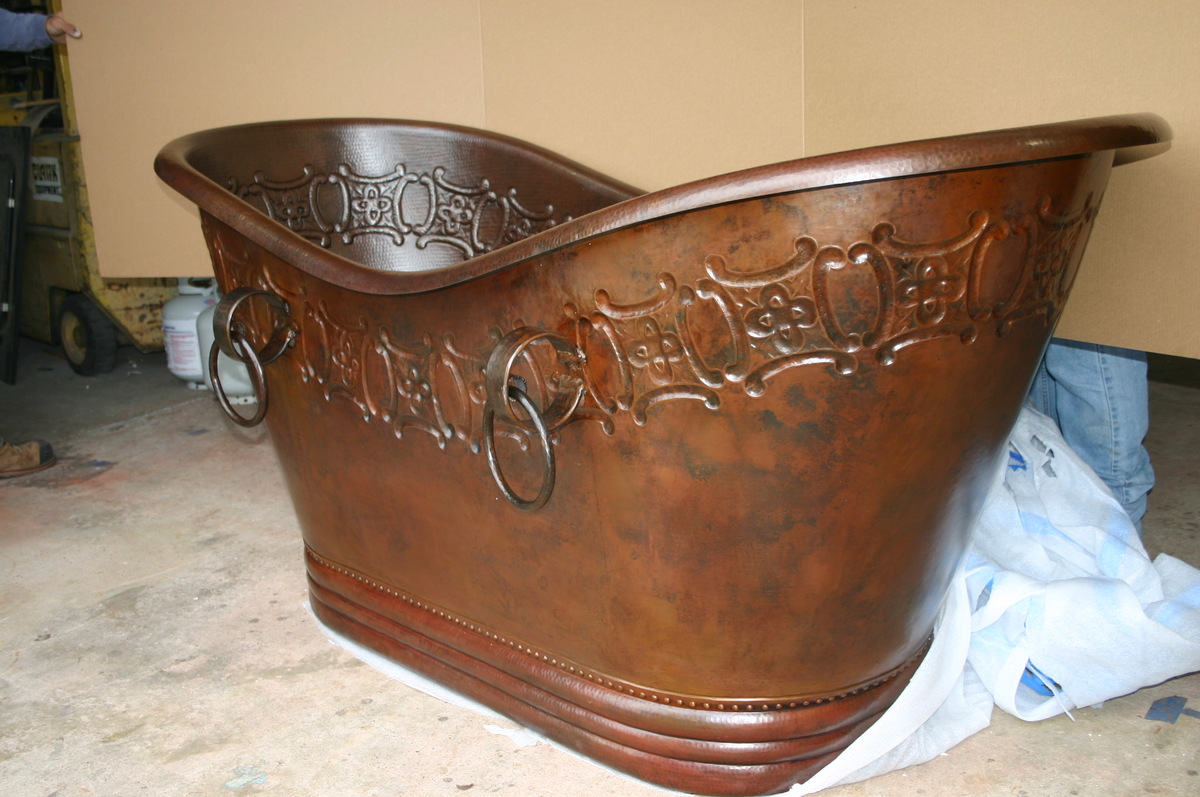

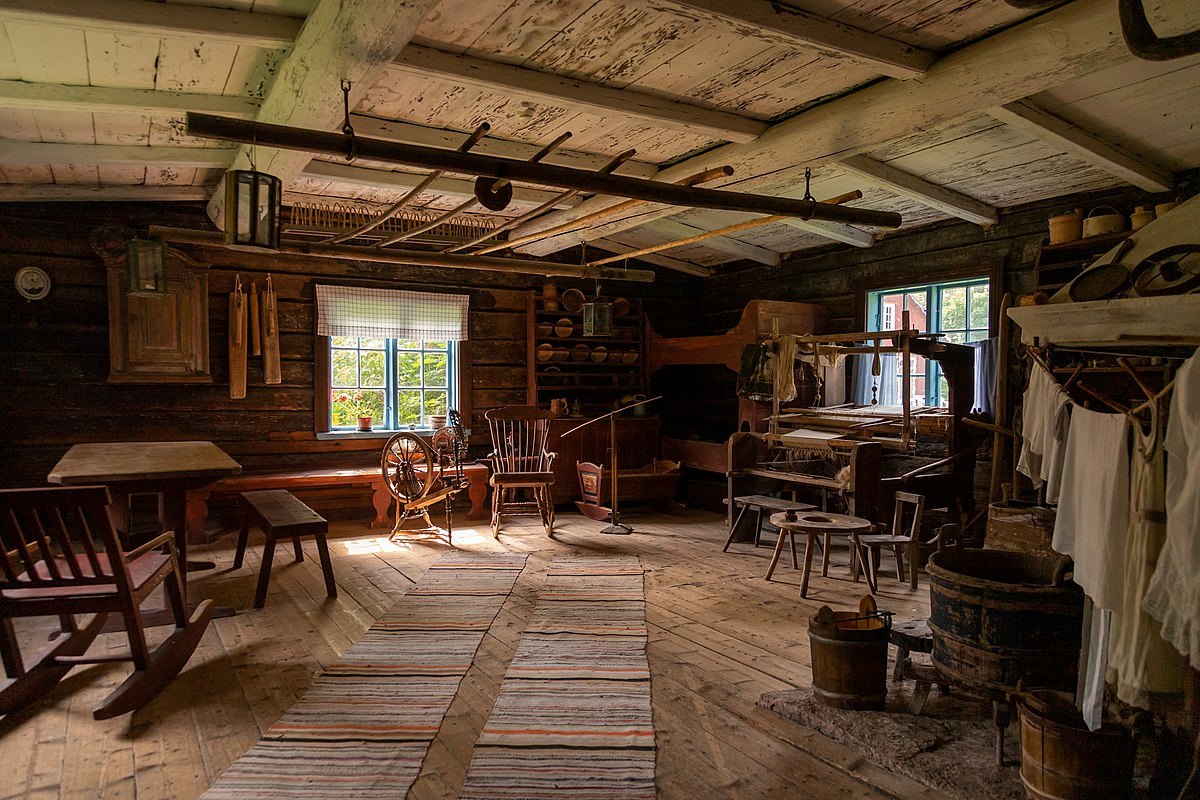

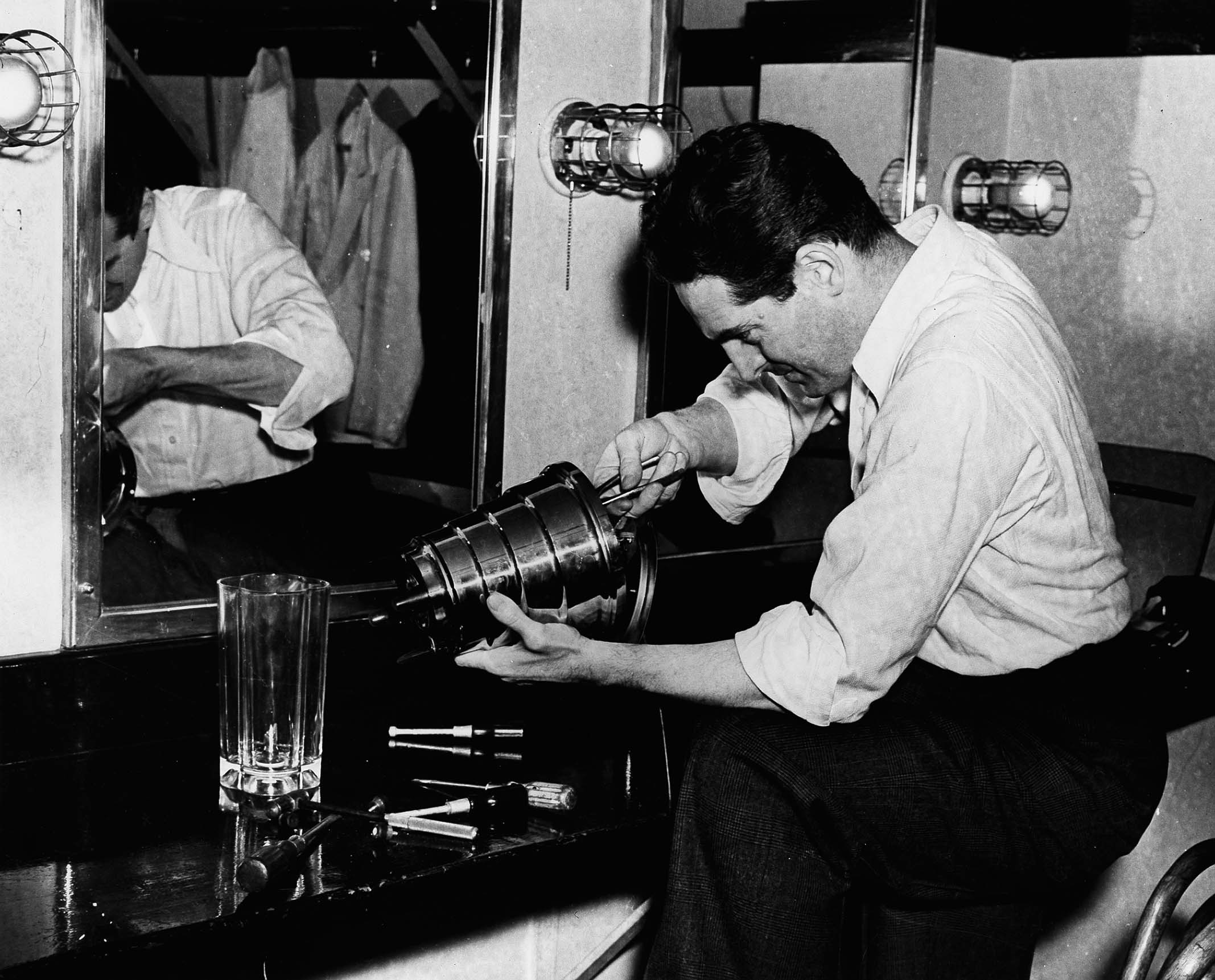
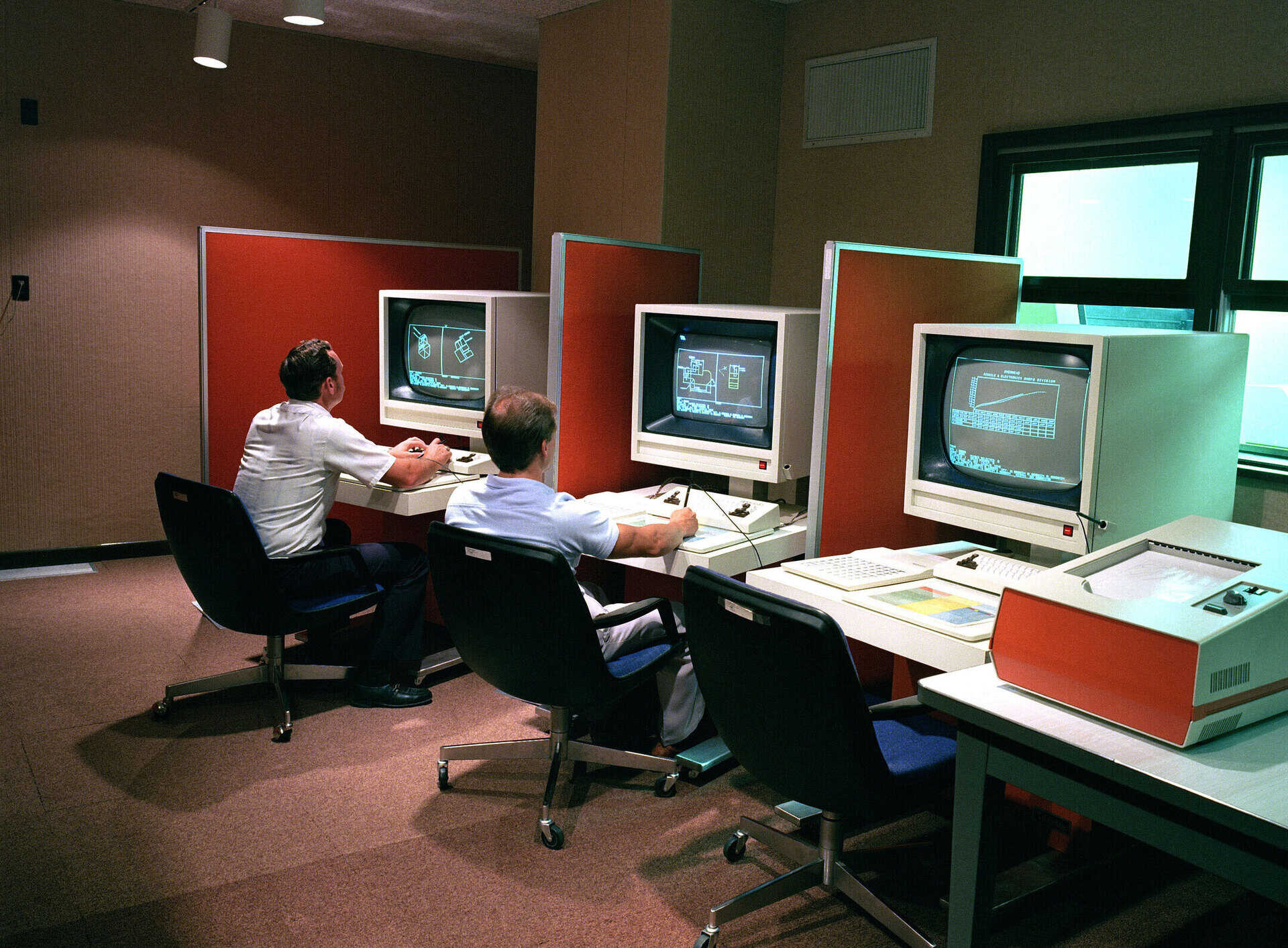




0 thoughts on “How Was The Toothbrush Invented”